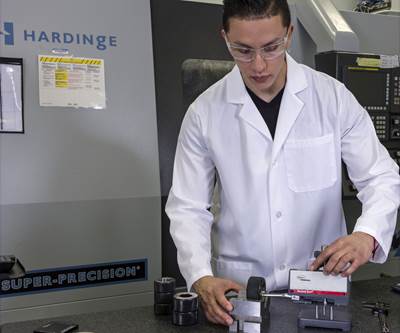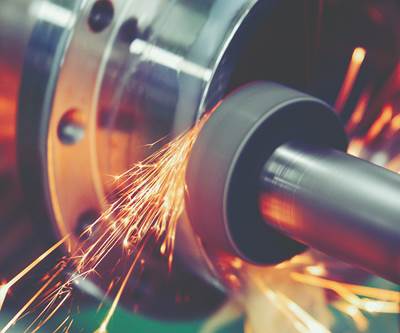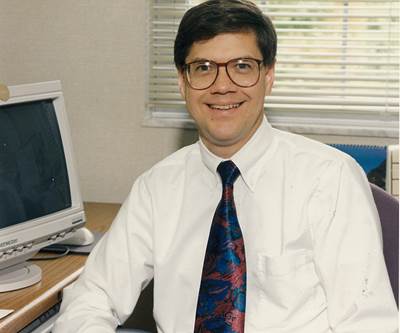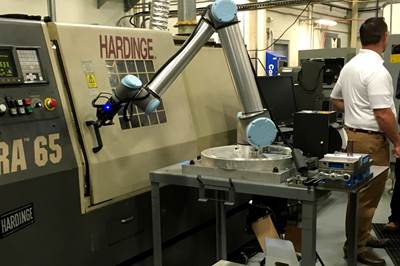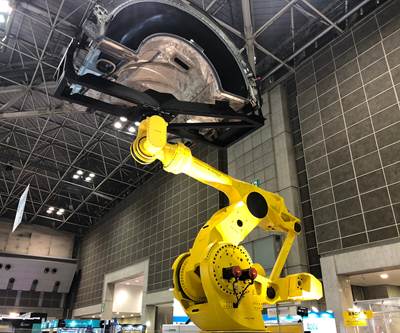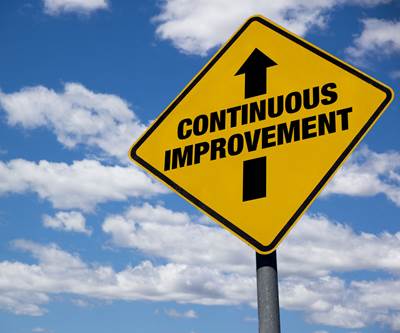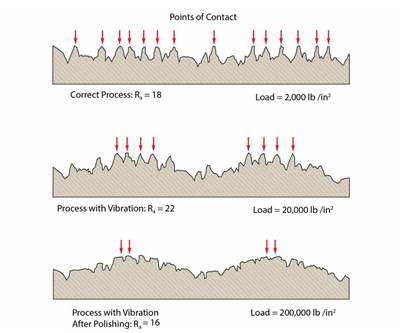Basics
Setting a Roughness Goal and Meeting It
Subjective surface finishes have no place in today’s high-precision manufacturing environment.
Read MoreHow to Cut Cycle Times with Constant-Chip-Load Machining
You may already know the benefits of constant-chip-load machining, but what you might not are the innovative ways you can program toolpaths. New CAM technology makes the process easy, and improvements in machining productivity can be dramatic.
Read MoreBuying a Grinder: The Appeal and Construction of a Grinding Machine
The first step to buying a new grinding machine is understanding how it works. Learn more about the makeup of grinding machines, including multi-spindle machines.
Read MoreThe Sign on the Wall When I First Met Mark Albert: “When In Doubt, Tell the Truth”
Not just writing, but writing with integrity, is the work and the craft to which Mark Albert gave his career.
Read MoreImproving Program Compatibility Among Your CNCs
Put in the effort to eliminate machine-specific programming methods.
Read More10 Things to Know About Collaborative Robots
Technology advances related to collaborative robots suggest this technology will become more capable and commonplace.
Read MoreThree Expectations for Robotic Automation
Shops take some modern robot capabilities as given, but a recent trade show in Japan demonstrated ways those capabilities continue to improve.
Read MoreHow to Continuously Improve Your Machine Shop
Monthly Kaizen events could help your company improve operations in 12 ways.
Read MoreWhat Do Manufacturers Really Know About the Surfaces of the Parts They Are Producing?
Knowing only the average roughness may not be enough. Other surface parameters can affect product quality.
Read MoreBuying a Coordinate Measuring Machine: Technology Advances and Industry 4.0
CMMs are becoming more flexible with multi-sensor technology, which combines 3D non-contact laser scanners, five-axis scanning with a touch probe, optical systems and surface-finish measurement.
Read More
